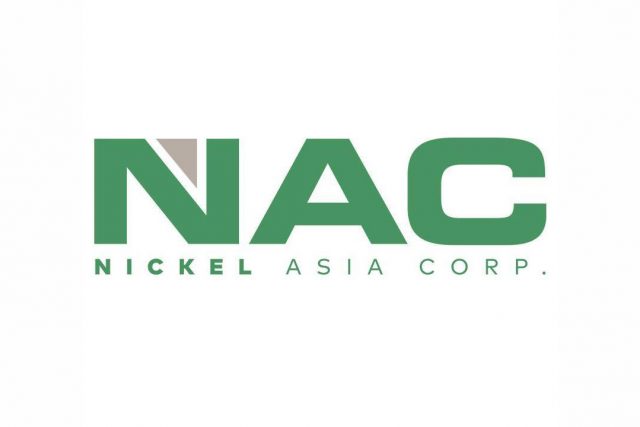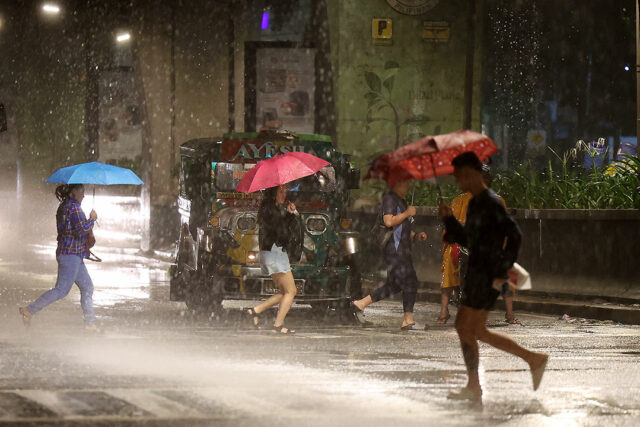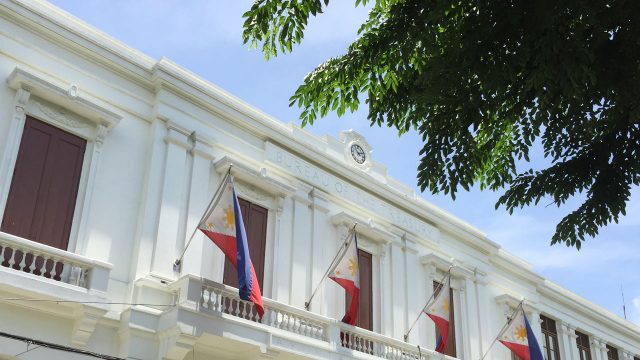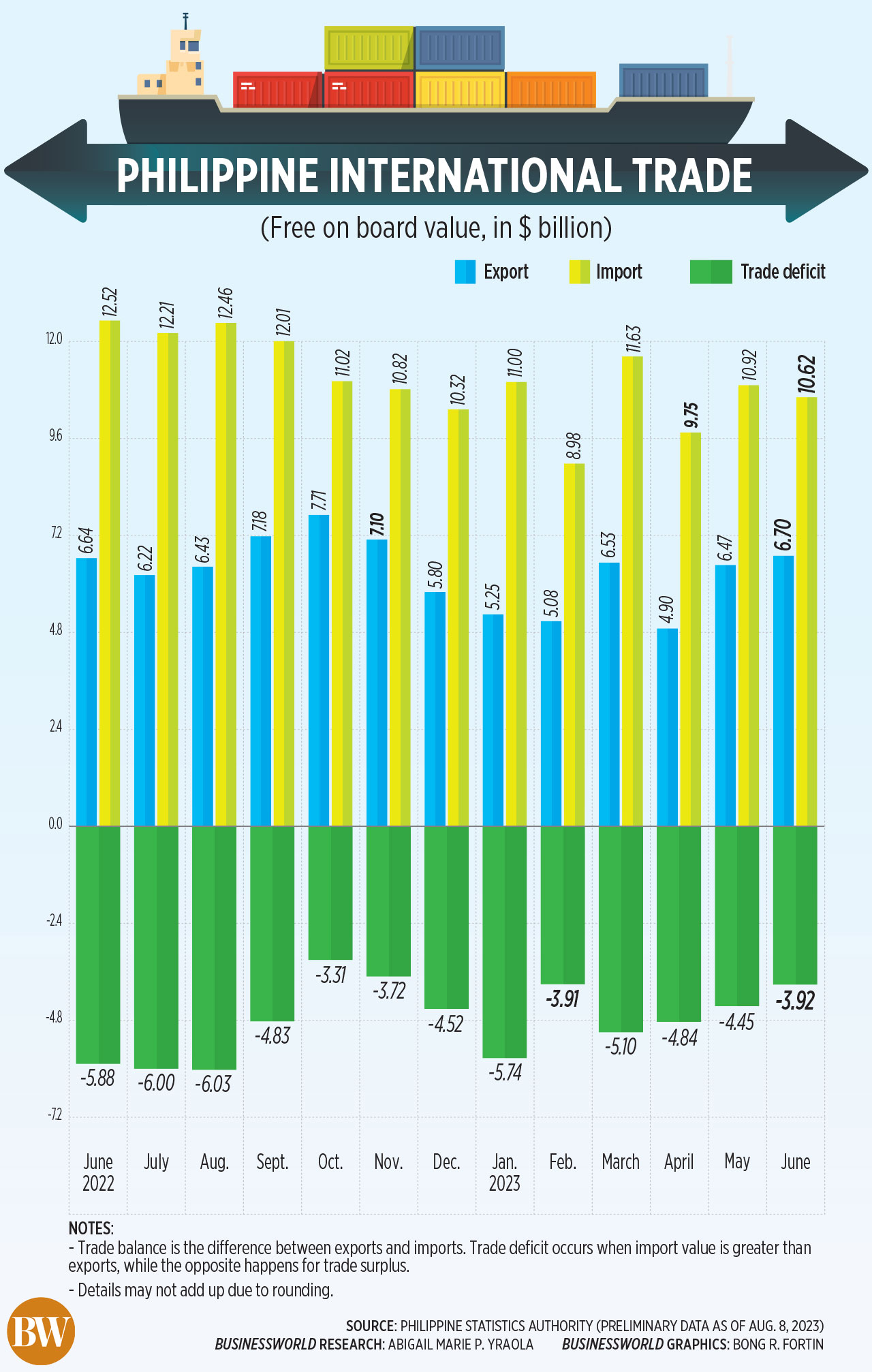As the Philippines enters what is traditionally called the “wet season,” Filipinos across the country must deal with the effects of the torrential rains that accompany the monsoon season. This is not an unfamiliar experience as reports show that on average the Philippines gets hit by 18 to 20 typhoons per year, making it one of the most frequently and severely affected countries worldwide.1 Despite this frequent occurrence, excessive rain often makes it difficult for individuals to carry on with their daily activities. Sometimes, storms and downpours make it impossible to do so. This article explores the legal implications of such inclement weather for the performance of civil obligations. Specifically, it will evaluate what constitutes a fortuitous event, determine whether excessive rain meets such criteria, and discuss the issues in invoking such a defense.
In this jurisdiction, the concept of fortuitous event is enshrined in Article 1174 of the Civil Code which provides that “…no person shall be responsible for those events which could not be foreseen, or which, though foreseen, were inevitable”.2 Legal scholars have referred to these events using various terms such as fortuitous event, force majeure, and caso fortuito.3 Civilist Arturo M. Tolentino adds that “[f]ortuitous events may be produced by two general causes: (1) by nature, such as earthquakes, storms, floods, epidemics, fires, etc. and (2) by the act of man, such as an armed invasion, attack by bandits, governmental prohibitions, robbery, etc.” Excessive rain would fall under the first type of general causes which the Supreme Court has classified as “acts of God.”4
In Nakpil & Sons v. Court of Appeals5, the Supreme Court enumerated the elements of a fortuitous event, as follows:
“(a) the cause of the breach of the obligation must be independent of the will of the debtor; (b) the event must be either unforeseeable or unavoidable; (c) the event must be such as to render it impossible for the debtor to fulfill his obligation in a normal manner; and (d) the debtor must be free from any participation in, or aggravation of the injury to the creditor.”
A successful invocation of a fortuitous event requires all above-quoted elements to be present. This is affirmed by subsequent cases which have adopted these elements.6 Two of the four elements relate to the nature of the event itself: first, it must be unforeseeable or unavoidable, and, second, it must prevent the fulfillment of the obligation in a normal manner.7 Therefore, in evaluating what constitutes a fortuitous event, the nature of the event itself must be considered.
Interestingly, the Supreme Court has on several occasions dealt with the question of whether the nature of excessive rain constitutes a fortuitous event.
As early as 1915, in Yap King Chuan v. Tiaoqui, the Supreme Court had to address an issue on damages caused by heavy rain.8 The Supreme Court absolved the defendant stating:
“No one, neither the defendant nor the plaintiffs, could have foreseen that on the said afternoon of April 14 it was going to rain in torrents and in an extraordinary manner, wherefore it is neither right nor proper to ascribe the wetting of the merchandise of the plaintiff-tenants to negligence, carelessness, or fault on the defendant’s part. It was a case of accident and force majeure which could not have been foreseen and which nobody could have prevented, and the fact that the defendant repaired and fixed the leaks in the roof the next day cannot be taken as proof of his liability, for he did not know and could not have foreseen that it was going to rain in torrents the said afternoon and that the roof of the building would leak and show defects.”9
Evidently, the Supreme Court considered the torrential rain as force majeure or a fortuitous event. The court anchored its reasoning on both the lack of contributory negligence on part of the defendant and the reports from the Weather Bureau which stated that the rainfall on April 14 was 46.5 millimeters in the span of one hour, the highest amount of rainfall in seven years.10 The Supreme Court explicitly stated that “this amount of rain in one hour is a fortuitous event or an ‘act of God’.”11
Subsequently, the Supreme Court quoted Justice Hugo E. Gutierrez’s ponencia which stated that forces of nature such as cyclones, drought, floods, lightning, and perils of the sea are acts of God.12 This was also affirmed in Southeastern College, Inc. v. Court of Appeals where the Supreme Court held that “there is no question that a typhoon or storm is a fortuitous event, a natural occurrence which may be foreseen but is unavoidable despite any amount of foresight, diligence or care.”13
Clearly, jurisprudence discloses that typhoons, storms, and heavy rains could be considered a fortuitous event. However, it must be noted that rain per se does not constitute a fortuitous event. Light rain or a mere drizzle cannot be considered a fortuitous event as it would not render it impossible for the debtor to fulfill his obligation in a normal manner. Thus, it is the severity of the downpour/rainfall and its ability to cause non-fulfillment of the civil obligations that allows one to successfully plead excessive rain as a fortuitous event.
It must be emphasized that the existence of a fortuitous event alone does not necessarily mean the successful invocation of the fortuitous event defense. The fourth element as laid down in Nakpil pertains to the presence of contributory negligence on the part of the debtor invoking the defense of fortuitous event.14 Jurisprudence is clear that a party’s contributory fault prevents him from invoking the fortuitous event defense under Article 1174. Thus, in evaluating a fortuitous event based on excessive rain, the diligence of the parties must be examined.
This has been applied by the Supreme Court in Southeastern College, Inc. v. Court of Appeals, where the court emphasized that in order to be exempt from liability arising from any adverse consequence engendered by the rain, there should have been no human participation amounting to a negligent act.15
In the landmark case of Napocor v. CA, the Supreme Court held that as a general rule, a flood, being caused by heavy rains, is a fortuitous event.16 However, in the event that there is a human intervention that showed negligence, a flood ceases to be a fortuitous event.17 It can therefore be concluded that negligence in dealing with the effects of excessive rain have barred the successful invocation of a fortuitous event. This was the case in Napocor v. Palad, where the court held that Napocor failed to exercise diligence in gradually spilling the water from dam since it anticipated the impending abnormal rise of water.18
As to what constitutes the standard of diligence parties must observe during heavy rainfall, Article 1173 of the Civil Code provides that diligence required of a party is determined by the nature of the obligation and the circumstances of the persons, time, and place.19 Applying this to the context of excessive rain, the degree of diligence would depend on the severity and the duration of the rainfall along with whether the parties had prior warning/knowledge of such rainfall.
In conclusion, whether excessive rain could be considered a fortuitous event requires a case-to-case evaluation of the existence of the factual circumstances and the parties’ acts (or lack thereof) to determine whether the elements of a fortuitous event in Nakpil are satisfied. This involves a consideration not only of the severity of the rainfall itself, but the damage and effects thereof and the diligence exercised by the parties involved. The requirements of Article 1174 of the Civil Code and jurisprudence disclose that excessive rain alone will not wash one’s civil obligations away. Accordingly, anyone who seeks to shield themselves from liability using a rainy day must be prepared to prove why their case warrants it.
This article is for informational and educational purposes only. It is not offered and does not constitute legal advice or legal opinion.
1 www.worlddata.info/asia/philippines/typhoons.
2 Civil Code, Article 1174.
3 Ruben Balane, Jottings and Jurisprudence on Civil Law (Obligations and Contracts) (2018 Ed.).
4 Asset Privatization Trust v. T.J. Enter, G.R. No. 167195, May 8, 2008.
5 G.R. No. L-47851, Oct. 3, 1986.
6 National Power Corp. v. Ct. of Appeals, G.R. No. 103442, May 21, 1993; Asset Privatization Trust v. T.J. Enter, G.R. No. 167195, May 8, 2008.
7 Czar Matthew Gerard Dayday and Amer Madcasim, Jr., “(Un)Fortuitous Event: The COVID-19 Pandemic as a Fortuitous Event,” 93 (Special Online Feature) PHIL. L.J. 71 (2020).
8 G.R. No. 10006, Sept. 18, 1915.
9, 10, 11 Ibid.
12 Nakpil & Sons v. Court of Appeals, G.R. No. L-47851, Oct. 3, 1986.
13 G.R. No. 126389, July 10, 1998.
14 Nakpil & Sons v. Court of Appeals, G.R. No. L-47851, Oct. 3, 1986.
15 G.R. No. 126389, July 10, 1998.
16 G.R. No. 96410, July 3, 1992.
17 Ibid.
18 G.R. No. 102206, June 25, 1993.
19 Civil Code, Article 1173.
Aloysius Francis M. Bresnan is an associate of the Litigation and Dispute Resolution Department of the Angara Abello Concepcion Regala & Cruz Law Offices (ACCRALAW).
(632) 8830-8000
ambresnan@accralaw.com














